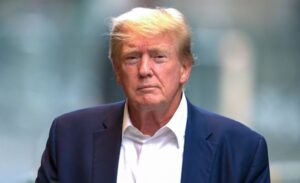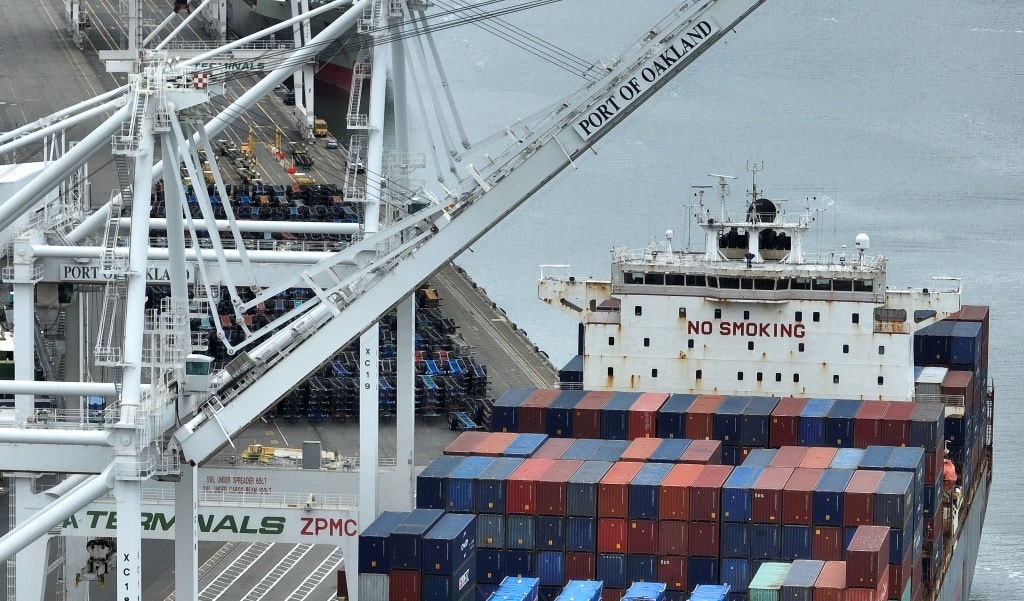For years, Republicans and Democrats have considered America’s enormous trade deficit a black eye for the economy since it shows the US imports more than it exports. Both Presidents Donald Trump and Joe Biden vowed to tackle this issue, but neither man provided tangible results. Is there any reason to believe this will change anytime soon? Hardly – and the latest data confirms it.
The July Trade Deficit
According to the Bureau of Economic Analysis (BEA), the US trade deficit widened to $65 billion in July, down from the $63.7 billion gap in June. The inflation-adjusted gap increased to $88.4 billion. The good news was that the numbers came in below the consensus estimate of negative $68 billion. Exports rose for the first time in four months by $3.9 billion to $251.7 billion, buoyed by shipments of automobiles, industrial supplies and materials, and consumer goods. Imports climbed by $5.2 billion to $316.7 billion, driven by a jump in consumer goods and semiconductors.
The trade deficit has tumbled more than 21% year-over-year as international commerce has weakened amid the war in Ukraine and sluggish demand from China and Europe. Here is a breakdown of US deficits and surpluses with other trading partners:
- Netherlands: $4.5 billion surplus
- Australia: $1.5 billion surplus
- United Kingdom: $500 million surplus
- Brazil: $300 million surplus
- Singapore: $200 million surplus
- China: $24 billion deficit
- Mexico: $12.8 billion deficit
- Vietnam: $9.3 billion deficit
- Japan: $5.9 billion deficit
- Canada: $4 billion deficit
Looking ahead, market analysts anticipate that American imports will steadily rise in the coming months due to the holiday shopping season around the corner. So, unless the US bolsters its shipments to foreign markets, the trade deficit could expand heading into 2024.
The Return of Tariff Man
Last month, former President Donald Trump reportedly hosted a two-hour dinner in New Jersey to outline an economic agenda for his 2024 election campaign. A part of his Trumponomics push is instituting a “universal baseline tariff” of 10% on all foreign imports. In an interview with Fox Business Network, he reiterated this position, telling host Larry Kudlow that “we should have a ring around the collar.” Trump added: “When companies come in, and they dump their products in the United States, they should pay, automatically, let’s say a 10% tax. I do like the 10% for everybody.”

Donald Trump (Photo by James Devaney/GC Images)
In a letter to The Wall Street Journal, the real estate billionaire mogul wrote that “the tariff is also an important tool for US national security and diplomacy.” In other words, voters should be prepared for the return of Tariff Man, a label Trump gave himself during his presidency.
So far, President Biden has kept Trump’s levies on about $370 billion of imports from China intact despite lambasting them in the 2020 election. While they are under review, it is unlikely that a tactic of Bidenomics would be to remove these tariffs at this stage. Despite promises that US firms would benefit from these taxes, trade has merely transitioned to other markets. Imports from Vietnam, for example, have doubled since Trump initiated a trade war. In addition, a May 2023 report by the US International Trade Commission found that American importers have endured more of these tariffs’ costs than Chinese exporters.
Meanwhile, the current administration’s strategy to revitalize the nation’s manufacturing sector and revive exports has been to spend trillions of dollars in subsidies, tax credits, and other favorable mechanisms to attract investment. So, consumers are being hit on both fronts: higher prices from tariffs and higher taxes from subsidizing domestic and foreign companies.
Benign or an Illness?
The US government’s reaction to the national trade account balance has oftentimes been fierce, with politicians demanding to spend more money so China and India do not lead global commerce. There can be a debate surrounding the trade deficit, but state schemes do more harm than good, whether distorting the marketplace or shifting resources from in-demand goods and services to others that might not be popular among the consuming base. Put simply, many economists, from the Austrian School to Chicago, have dismissed fears surrounding the trade gap, including eminent economist Thomas Sowell, who succinctly wrote: “In general, international deficits and surpluses have had virtually no correlation with the performance of most nations’ economies.”




